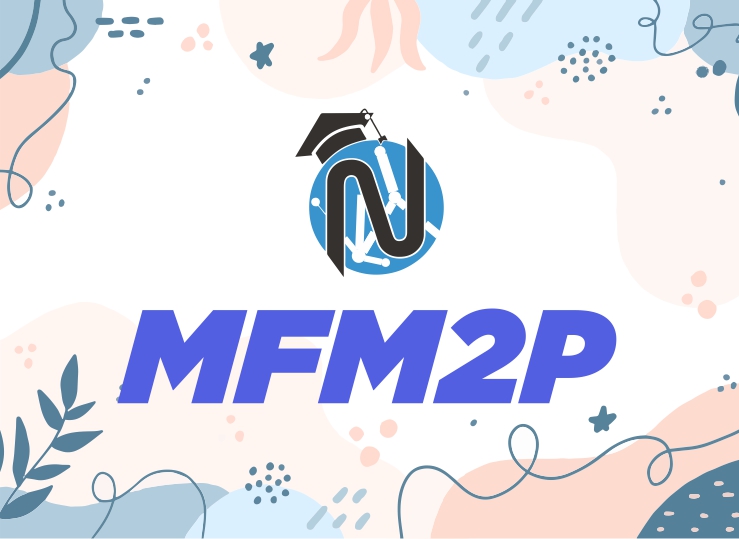
Foundations of Mathematics (MFM2P)
Course Description
This course enables students to consolidate their understanding of linear relations and extend their problem-solving and algebraic skills through investigation, the effective use of technology, and hands-on activities. Students will develop and graph equations in analytic geometry; solve and apply linear systems, using real-life examples; and explore and interpret graphs of quadratic relations. Students will investigate similar triangles, the trigonometry of right triangles, and the measurement of three-dimensional figures. Students will consolidate their mathematical skills as they solve problems and communicate their thinking.
For Ministry Guideline Click Here
| Units | Descriptions | Length (Approximately) |
|---|---|---|
| 1. | Measurement and Trigonometry This course enables students to consolidate their understanding of linear relations and extend their problem-solving and algebraic skills through investigation, the effective use of technology, and hands-on activities. Students will develop and graph equations in analytic geometry; solve and apply linear systems, using real-life examples; and explore and interpret graphs of quadratic relations. Students will investigate similar triangles, the trigonometry of right triangles, and the measurement of three-dimensional figures. Students will consolidate their mathematical skills as they solve problems and communicate their thinking |
35 hours |
| 2. | Modelling Linear Relations Linear relationships are not only important to understand for everyday use, but they are also important for understanding the interplay between distance in time for the calculation of speed, or rates of change in business, for example. They are also foundational to more complex forms of mathematics. This unit reviews the concepts of linear algebra that were developed in Grade 9 and expands upon important procedures such as rearranging equations and developing accurate graphs. It is often important, for various practical reasons, to know where on a graph two lines intersect. This unit is all about how to determine this intersection point, not just graphically, but through the language of mathematics. |
30 hours |
| 3. | Quadratic Functions Until this point, all algebraic relations that have been considered have been linear. In this unit, second-order functions are introduced. Students investigate vertices and axes of symmetry, along with intercepts and direction of opening. They discover the links between parameters in equations and features of their curves and use them to sketch parabolas. |
35 hours |
| The final assessment task is to provide students to do Exam Review (4 Hrs) +Formative Exam (2 Hrs) +Culminating Task (2 Hrs) + Final Exam (2 Hrs) | 10 hours | |
| Total | 110 hours | |
Overall Curriculum Expectations
By the end of this course, students will:
- Use their knowledge of ratio and proportion to investigate similar triangles and solve problems related to similarity.
- Solve problems involving right triangles, using the primary trigonometric ratios and the Pythagorean Theorem
- Solve problems involving the surface areas and volumes of three-dimensional figures and use the imperial and metric systems of measurement.
By the end of this course, students will:
- Manipulate and solve algebraic equations, as needed to solve problems.
- Graph a line and write the equation of a line from given information.
- Solve systems of two linear equations and solve related problems that arise from realistic situations
- Manipulate algebraic expressions, as needed to understand quadratic relations.
- Identify characteristics of quadratic relations.
- Solve problems by interpreting graphs of quadratic relations.
Assessment & Evaluation of student performance
Formative assessments are learning practices that provide important feedback to student progress. Examples include homework and quizzes.
Summative assessments form a foundation for final mark allotment at the end of the unit, term and final evaluation.
An achievement chart will be given to students at regular intervals and the purpose of the charts is to provide feedback to students in relation to content and performance strands.
| Knowledge and understanding | Communication | Thinking Inquiry and Problem solving | Application |
|---|---|---|---|
| 25% | 25% | 25% | 25% |
Unit Tests, Written assignments, presentations, Classroom Observations and Classroom conversations.










